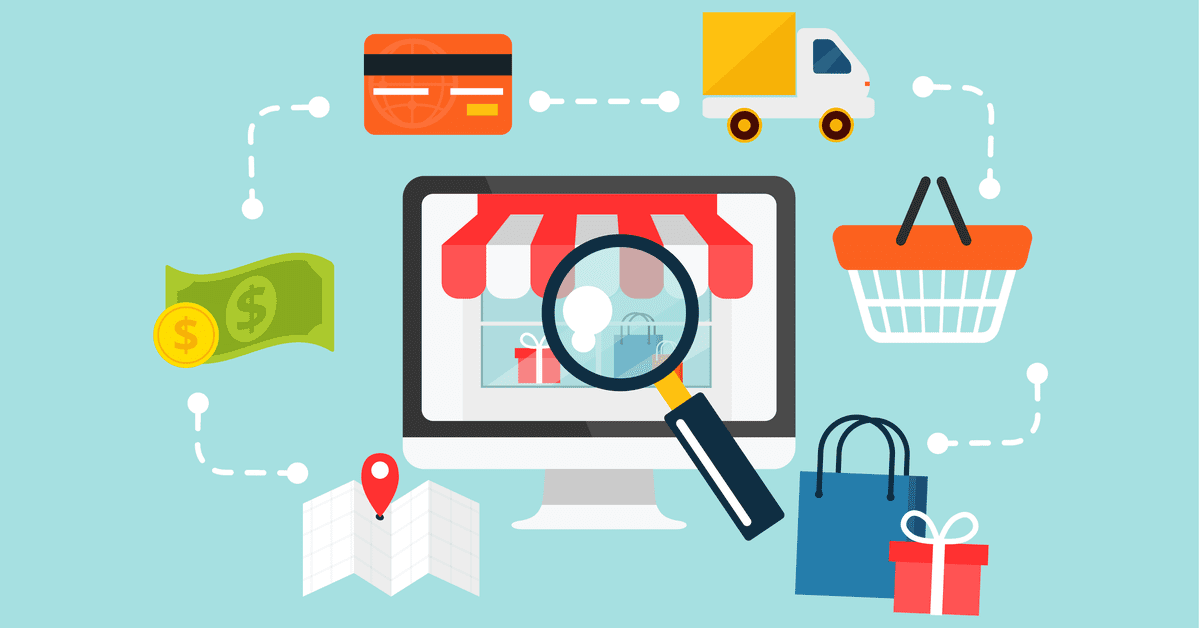Customer Experience: What Innovations Can We Integrate to Enhance the Customer Journey on Our eCommerce Platform?

Introduction
A great customer experience is essential for success in the cutthroat eCommerce market of today. Every experience a customer has with your eCommerce platform is significant and affects how they view your brand. This article explores the technological advancements that can be used into eCommerce platforms to improve the consumer experience and, in turn, spur growth and adherence.
Understanding Customer Experience in eCommerce
Defining Customer Experience in eCommerce
In eCommerce, the term “customer experience” refers to the complete client experience, from the first time they visit your website through the point at which they make a purchase and beyond. At every point of contact, you must comprehend and fulfil their requirements and expectations.
Importance of Customer Experience
Higher customer happiness, enhanced customer loyalty, and ultimately better company outcomes are all strongly correlated with a good customer experience. In a competitive eCommerce market, it serves as the primary differentiation.
Current Trends in Customer Experience
Personalization and Customization
Customised purchasing experiences are valued by customers. Based on their preferences and prior behaviour, it is possible to greatly improve their trip and increase conversions by customising product recommendations and information.
Seamless User Interface and Experience
The user experience is improved by a website that is clear and simple to use. Enhance website load time, streamline the purchasing procedure, and guarantee a seamless conversion from browsing to checkout.
Utilizing AI and Machine Learning
Utilising AI and machine learning enables predictive analysis of consumer behaviour, assisting in the development of individualised product recommendations and enhancing the overall shopping experience.
Innovations to Enhance Customer Journey
Augmented Reality (AR) and Virtual Reality (VR) Integration
Customers may virtually “try before they buy” by viewing products in a lifelike preview thanks to the integration of AR and VR technology. In addition to improving the shopping experience, this lowers the rate of product returns.
Chatbots for Instant Support
Chatbots offer round-the-clock customer service, rapidly responding to questions and addressing problems. They simplify the customer service procedure, resulting in a quicker and more positive experience.
Voice Search and Voice Commerce
With the popularity of voice assistants and smart speakers, adding voice search and voice commerce functionality to your platform can greatly increase customer accessibility and convenience.
Sustainable and Ethical Shopping Practices
Promote ethical production practises and offer environmentally friendly products as ways to embrace sustainability. Customers’ experiences can be improved by connecting your brand with sustainability as environmental concerns among consumers grow.
Social Commerce and Influencer Marketing
By including purchasing choices inside social media platforms, you can make the most of social commerce. The customer journey can be improved by working with influencers to promote your items because it increases credibility and trust.
Implementation Challenges and Solutions
Overcoming Technological Barriers
For seamless integration of these breakthroughs, invest in the appropriate infrastructure and technology. To remain competitive and provide cutting-edge solutions, keep up with the most recent developments.
Addressing Data Privacy Concerns
By putting in place strong security measures and being open and honest about how customers’ data is gathered, utilised, and stored, you may allay their fears about data privacy.
Adapting to Changing Consumer Preferences
Keep up with changing market trends and consumer preferences. To ensure a pertinent and interesting consumer experience, be flexible in how you adapt your platform to these changes.
Measuring the Impact of Innovations
Key Metrics for Measuring Customer Experience
To evaluate the success of the innovations deployed, use measures like Net Promoter Score (NPS), Customer Satisfaction Score (CSAT), and Customer Effort Score (CES) to measure the customer experience.
Case Studies on Successful Implementations
Highlight case studies that show how these innovations have been successfully applied and how they have improved customer satisfaction, retention, and revenue.
Conclusion
Customer expectations are constantly changing, just like the eCommerce environment. Businesses need to innovate constantly and improve the consumer experience if they want to succeed. eCommerce platforms may provide a top-notch experience that attracts repeat business by embracing these advancements and emphasising a customer-centric strategy.



